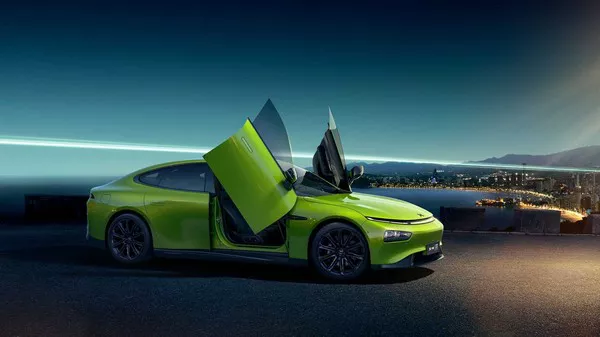The promise of fully autonomous vehicles continues to captivate the automotive industry, promising safer roads and enhanced mobility. While the realization of this vision remains elusive, recent developments in China’s self-driving car sector offer glimmers of hope amidst global skepticism. This article provides an in-depth comparison of the leading self-driving car platforms in China, highlighting their features, capabilities, and current advancements.
Despite setbacks in the United States, including the discontinuation of Apple’s Project Titan, Chinese companies are making significant strides in autonomous driving technology. Waymo’s recent approval for paid robotaxi rides in California and BMW’s Level 3 hands-off driving feature signify progress in the global pursuit of self-driving capabilities. However, attention has shifted to China, where several companies are rapidly advancing towards a similar goal through innovative approaches.
XPeng, Nio, and Li Auto stand out as frontrunners in China’s self-driving car market, with each offering distinct platforms tailored to different driving scenarios. While other companies, such as Huawei, are also developing lidar-equipped vehicles, our focus here remains on these three entities, all of which are listed on US stock exchanges and currently offer self-driving capabilities on their vehicle line-ups.
In terms of sensor technology, XPeng and Nio utilize lidar units mounted on their vehicles, while Li Auto adopts a camera-first approach supplemented by lidar as a backup. XPeng and Nio boast a higher total number of sensors, with 31 and 33 respectively, compared to Li Auto’s 18 sensors. All three companies leverage the Nvidia Orin X chip for processing sensor data, providing impressive computing power ranging from 508 to 1,016 trillion operations per second (TOPS).
Before engaging their self-driving systems, users must complete an initial setup process specific to each platform. XPeng requires drivers to watch a 10-minute safety video and pass a short test, while Nio and Li Auto users must enable the system and select automatic lane changing settings. Once activated, the systems offer varying levels of driving assistance, depending on the driving environment and road conditions.
Nio’s NOP+ Beta system, now available nationwide in China, provides voice prompts and visual cues to activate self-driving mode, known as “navigation on pilot.” While the system demonstrates ease of use, it may struggle with complex driving scenarios, such as highway exits, and occasionally requires manual intervention from the driver. Similarly, Li Auto’s NOA Highway system relies on high-definition mapping for precise navigation but may encounter limitations in certain areas without adequate mapping coverage.
In contrast, XPeng’s XNGP (Cross-Scenario Navigation Guided Pilot) offers a comprehensive self-driving experience with minimal user intervention. With nationwide coverage and advanced sensor technology, XNGP demonstrates superior performance in various driving conditions, including highway navigation and urban driving scenarios. Despite occasional issues with lane changes and maneuvering, XNGP’s robust capabilities set a high standard for self-driving car platforms in China.
Looking ahead, XPeng plans to expand the availability of XNGP across its vehicle lineup, while Li Auto aims to enhance its NOA system with improved mapping capabilities and urban navigation features. Meanwhile, Nio continues to refine its NOP+ system with upgrades such as bird’s eye view (BEV) and enhanced perception frameworks.
In conclusion, China’s self-driving car industry is rapidly evolving, driven by innovation and technological advancements from companies like XPeng, Nio, and Li Auto. While challenges remain, including regulatory hurdles and technological limitations, the progress made in autonomous driving technology holds promise for safer and more efficient transportation solutions in the future. As these companies continue to push the boundaries of self-driving capabilities, the dream of fully autonomous vehicles inches closer to reality.
























